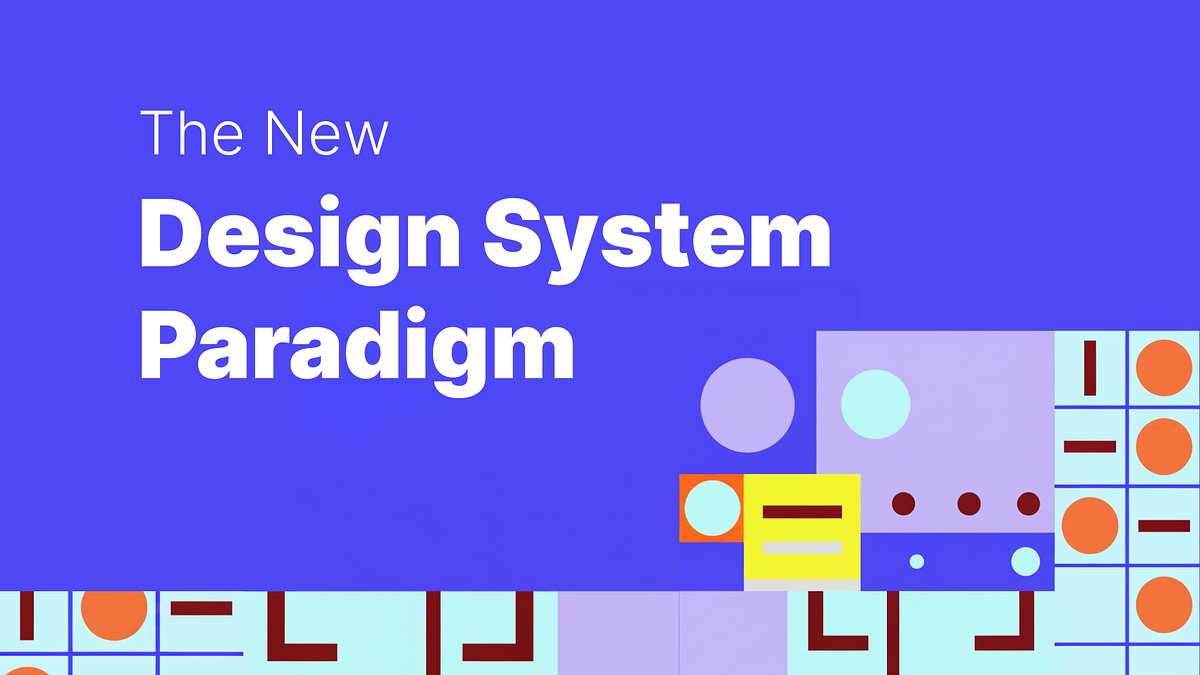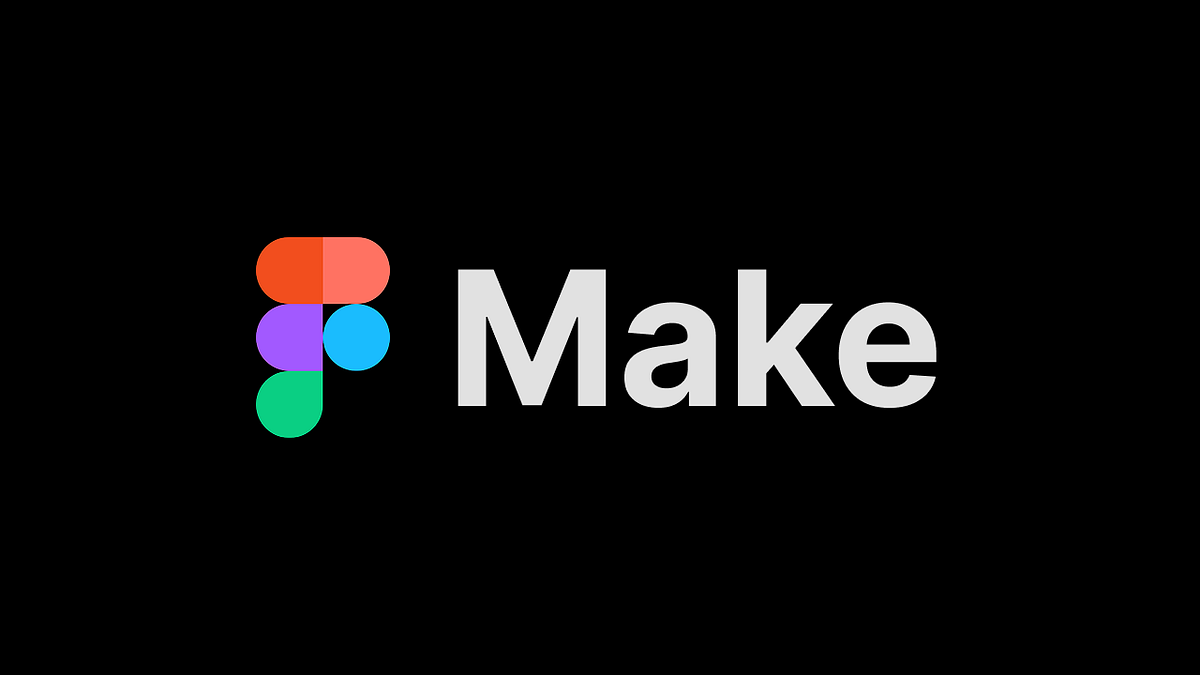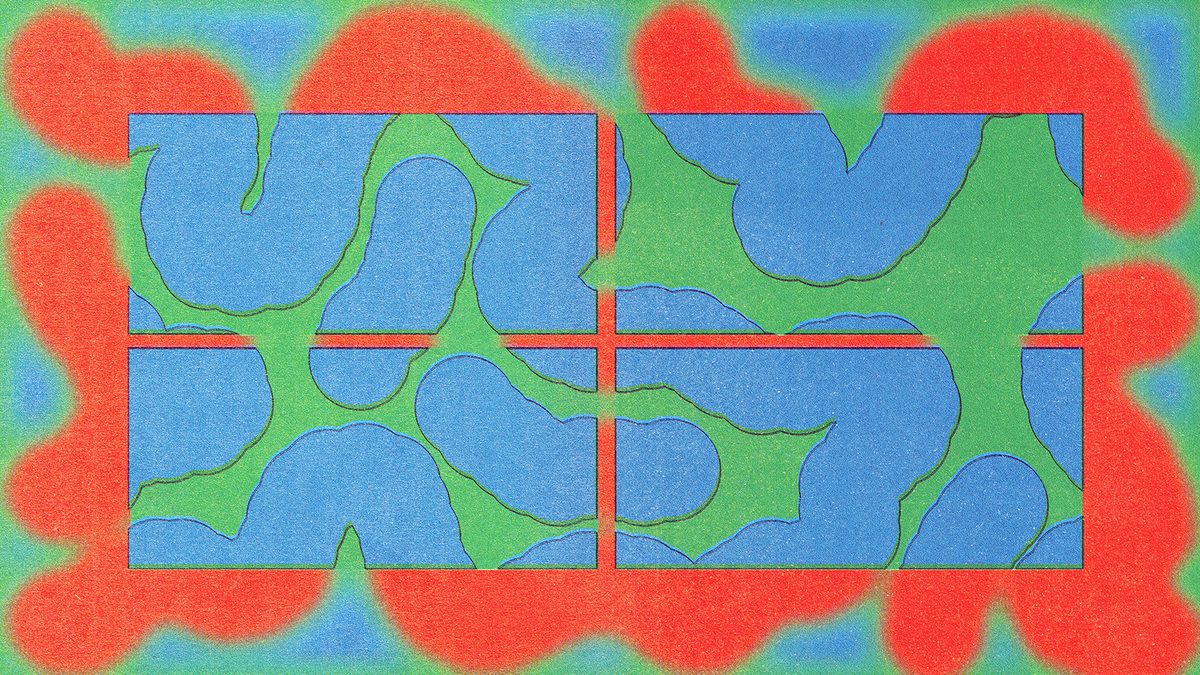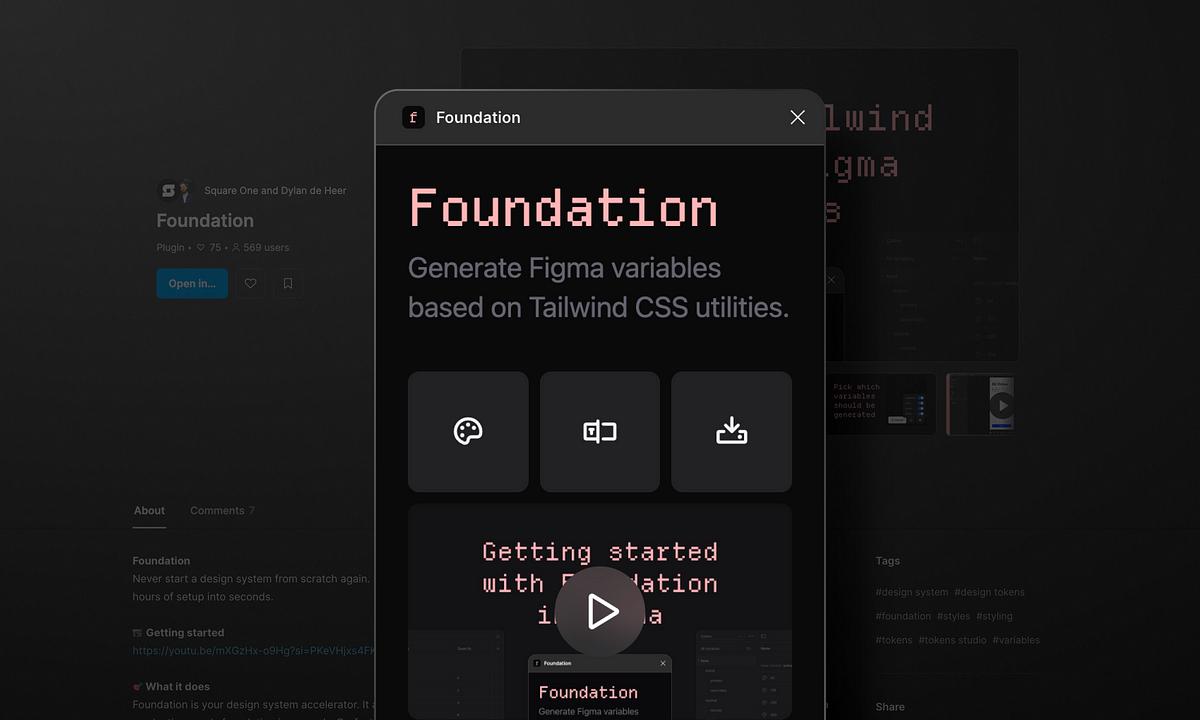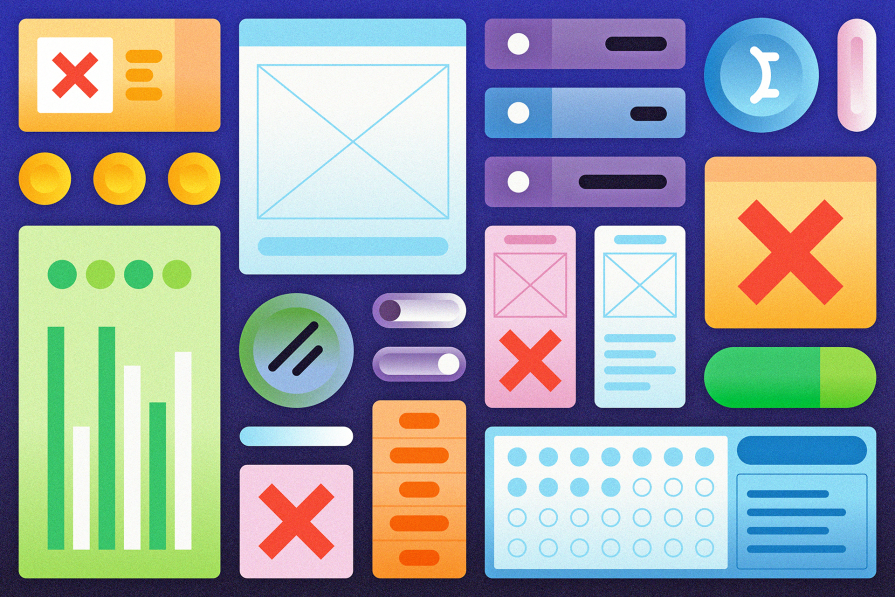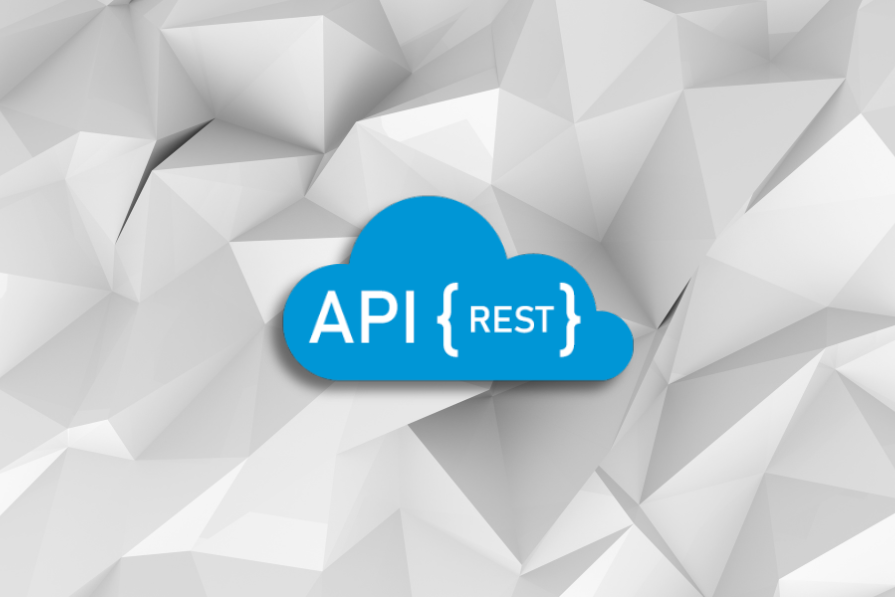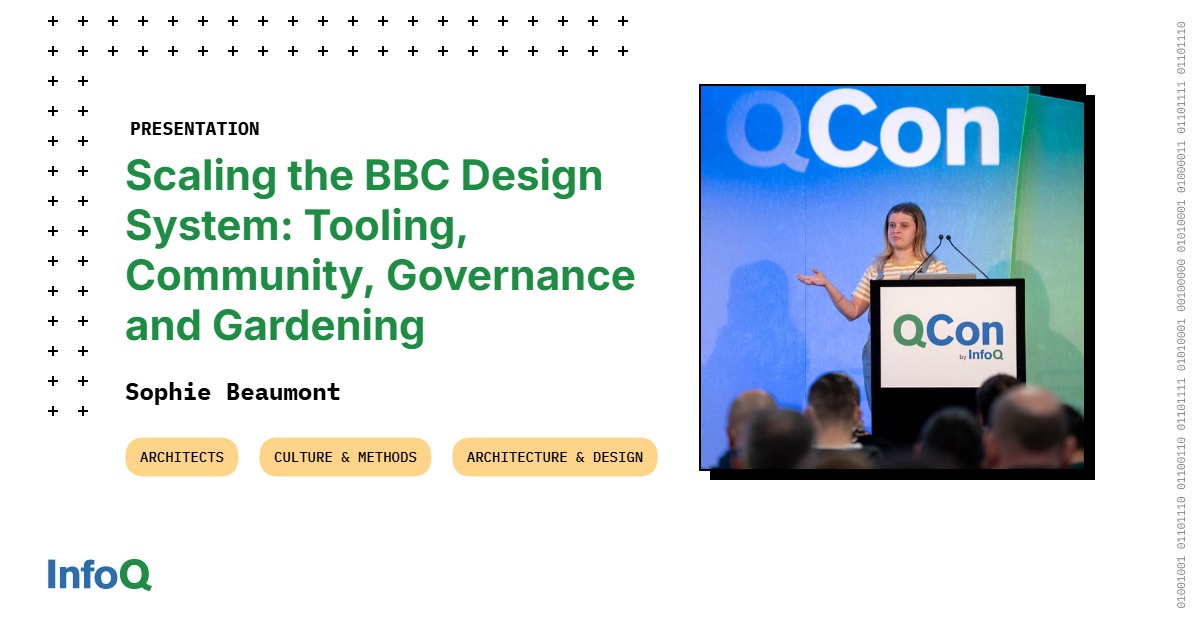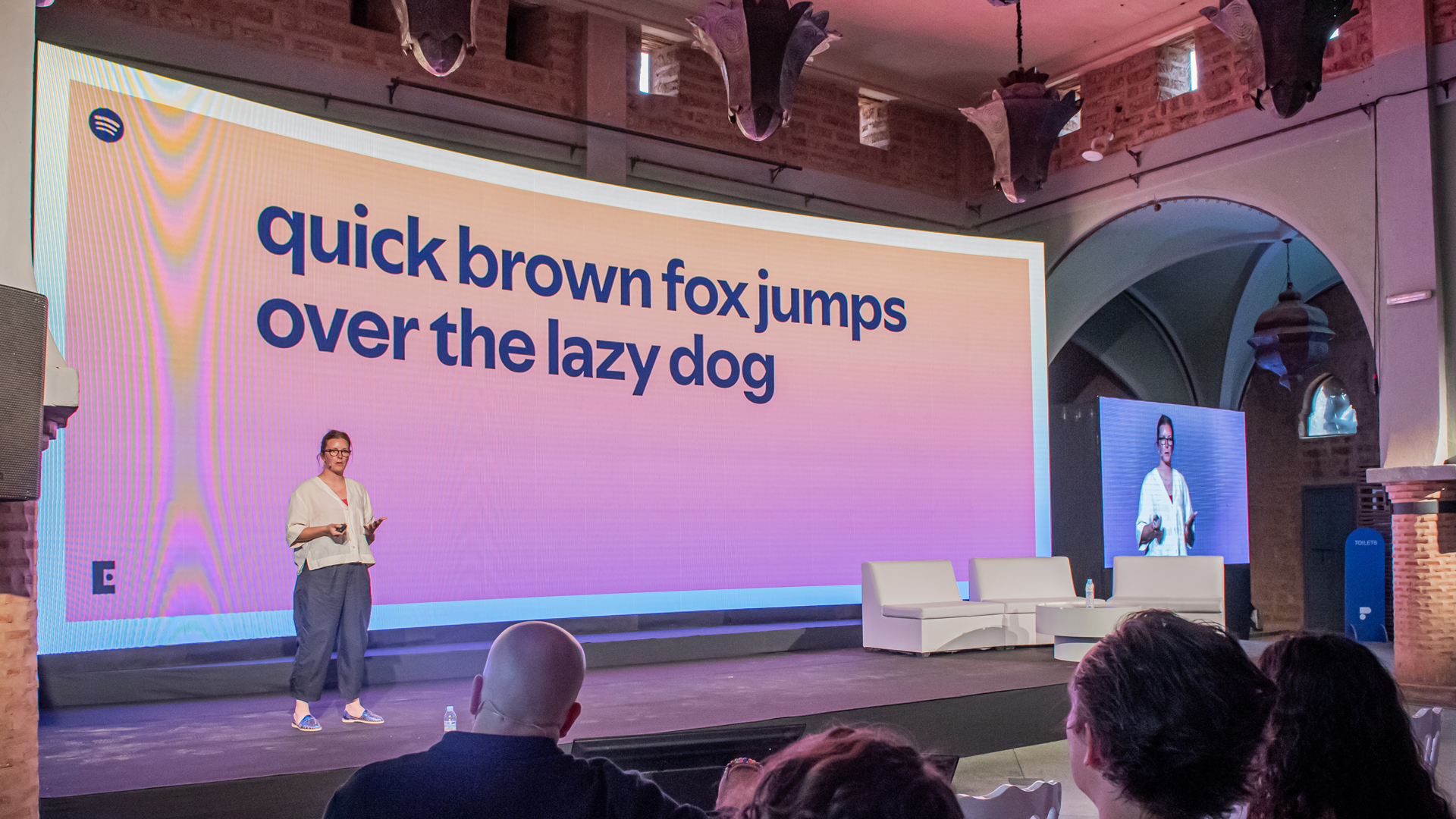fromMedium
3 hours agoWhat do Figma's updates mean for Design Systems?
There have been issues with multi-brand systems not meeting their adopter needs due to the limitations of Figma variables. Product teams would create hacks by copying variable collections into their own files, recreating themes, or even rebuilding token structures from scratch... meaning system updates and governance became broken across adopters. But with extended collections, Design System teams can support multiple brands/ products that require their own custom theme, while keeping variables in sync with the core system.
UX design
